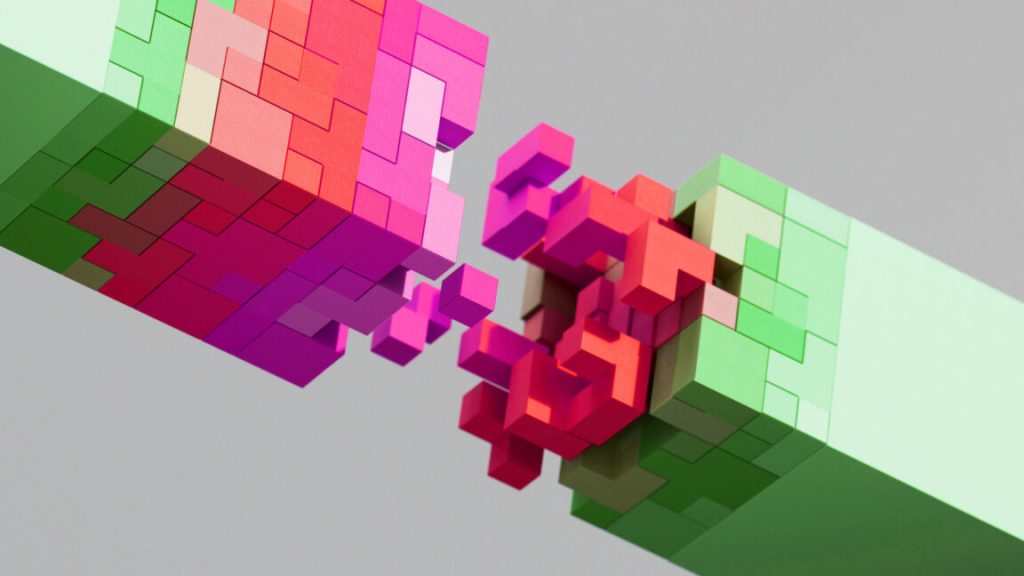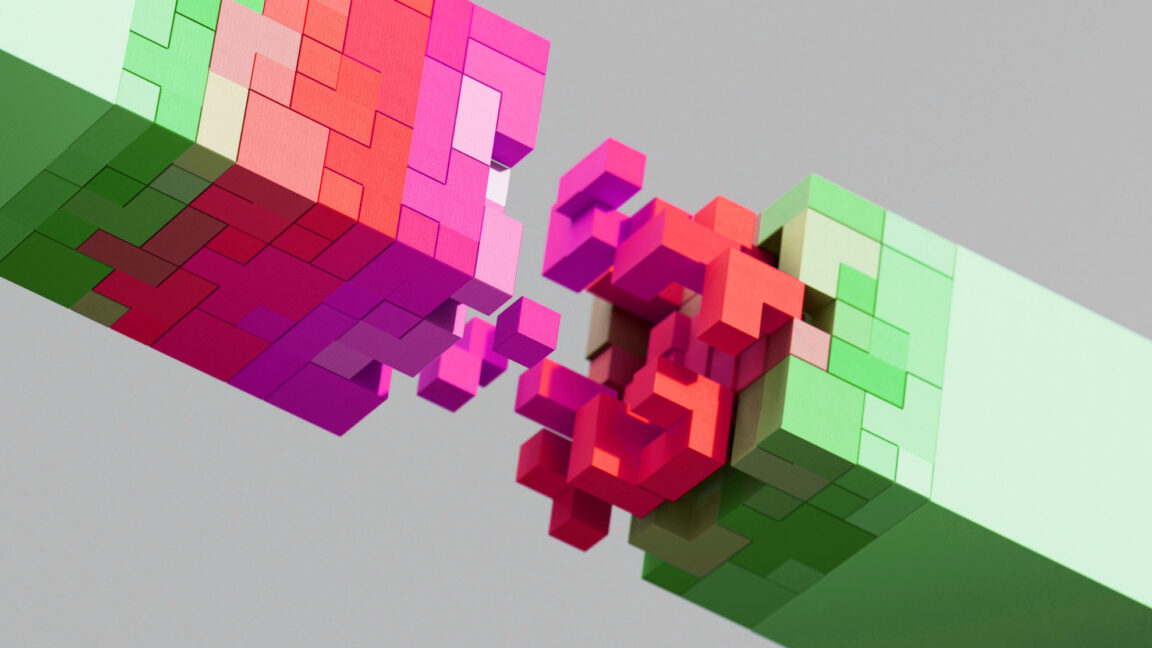

This new analysis issues as a result of it challenges the prevailing knowledge in AI improvement, which usually depends on huge pre-training datasets and computationally costly fashions. Whereas main AI corporations push towards ever-larger fashions skilled on extra intensive datasets, CompressARC suggests intelligence rising from a essentially completely different precept.
“CompressARC’s intelligence emerges not from pretraining, huge datasets, exhaustive search, or huge compute—however from compression,” the researchers conclude. “We problem the standard reliance on intensive pretraining and knowledge and suggest a future the place tailor-made compressive targets and environment friendly inference-time computation work collectively to extract deep intelligence from minimal enter.”
Limitations and searching forward
Even with its successes, Liao and Gu’s system comes with clear limitations which will immediate skepticism. Whereas it efficiently solves puzzles involving shade assignments, infilling, cropping, and figuring out adjoining pixels, it struggles with duties requiring counting, long-range sample recognition, rotations, reflections, or simulating agent habits. These limitations spotlight areas the place easy compression rules will not be ample.
The analysis has not been peer-reviewed, and the 20 p.c accuracy on unseen puzzles, although notable with out pre-training, falls considerably beneath each human efficiency and prime AI methods. Critics may argue that CompressARC may very well be exploiting particular structural patterns within the ARC puzzles which may not generalize to different domains, difficult whether or not compression alone can function a basis for broader intelligence quite than simply being one part amongst many required for strong reasoning capabilities.
And but as AI improvement continues its fast advance, if CompressARC holds as much as additional scrutiny, it provides a glimpse of a attainable various path which may result in helpful clever habits with out the useful resource calls for of at the moment’s dominant approaches. Or on the very least, it’d unlock an necessary part of normal intelligence in machines, which remains to be poorly understood.





